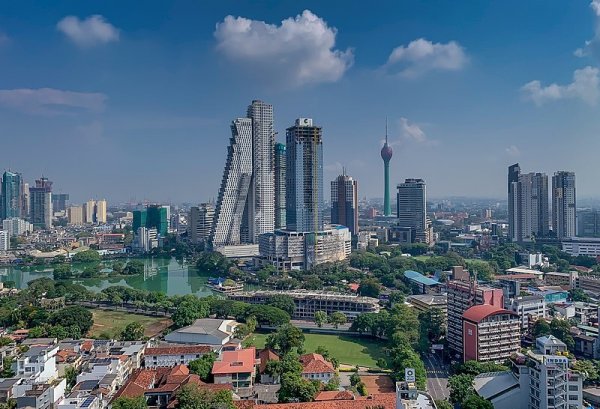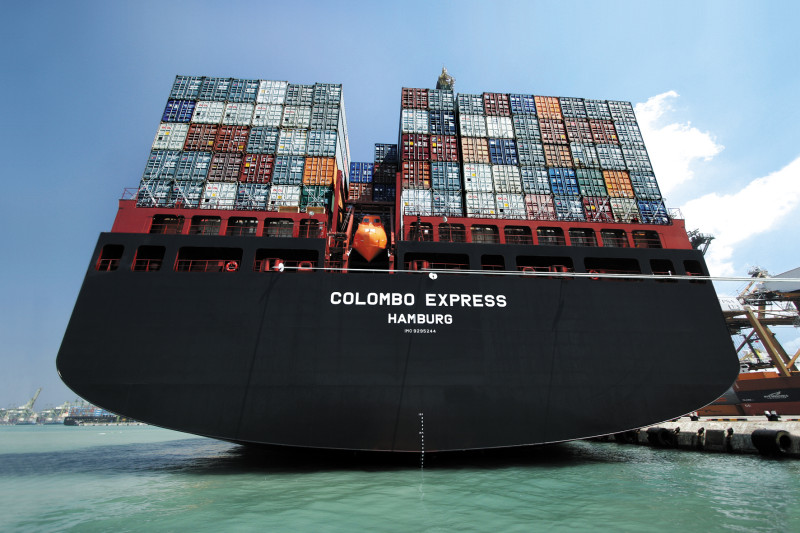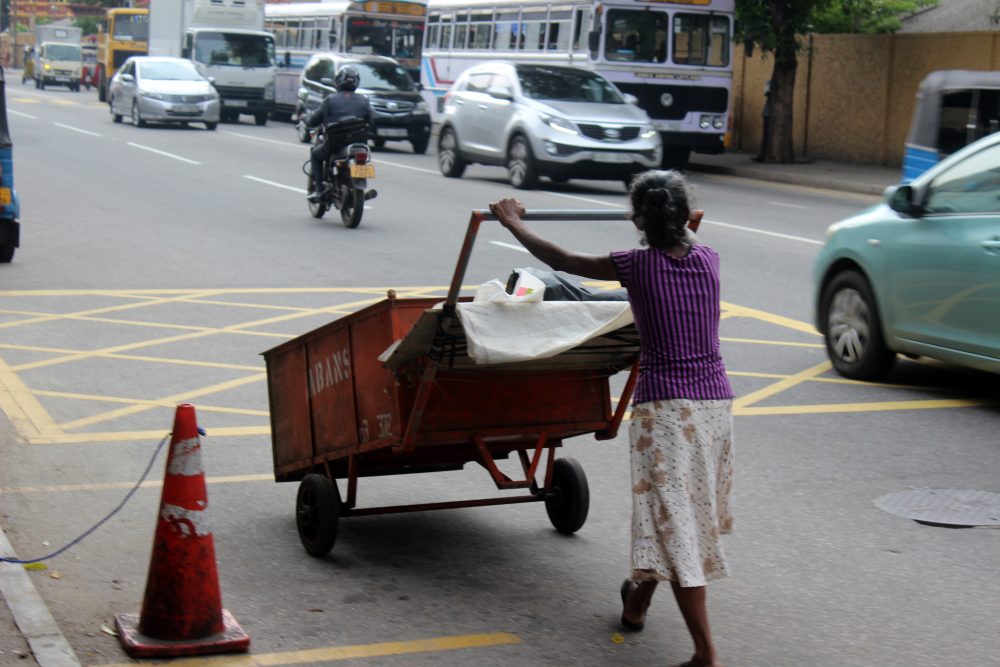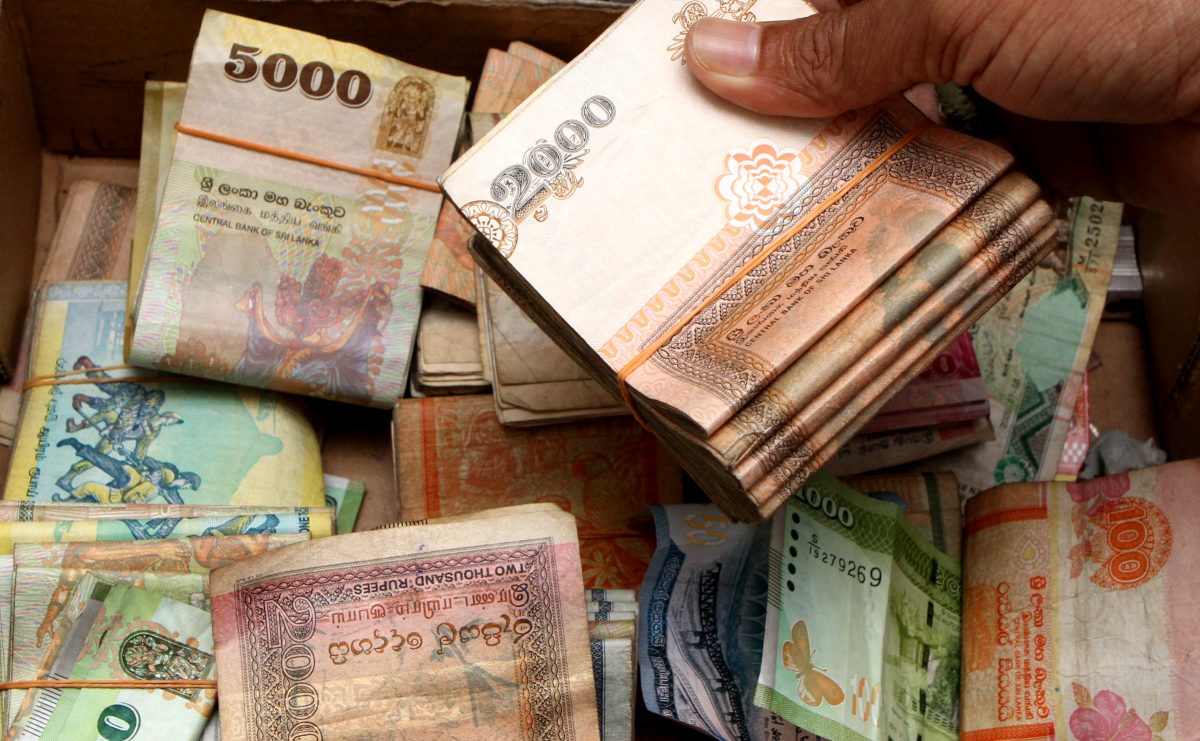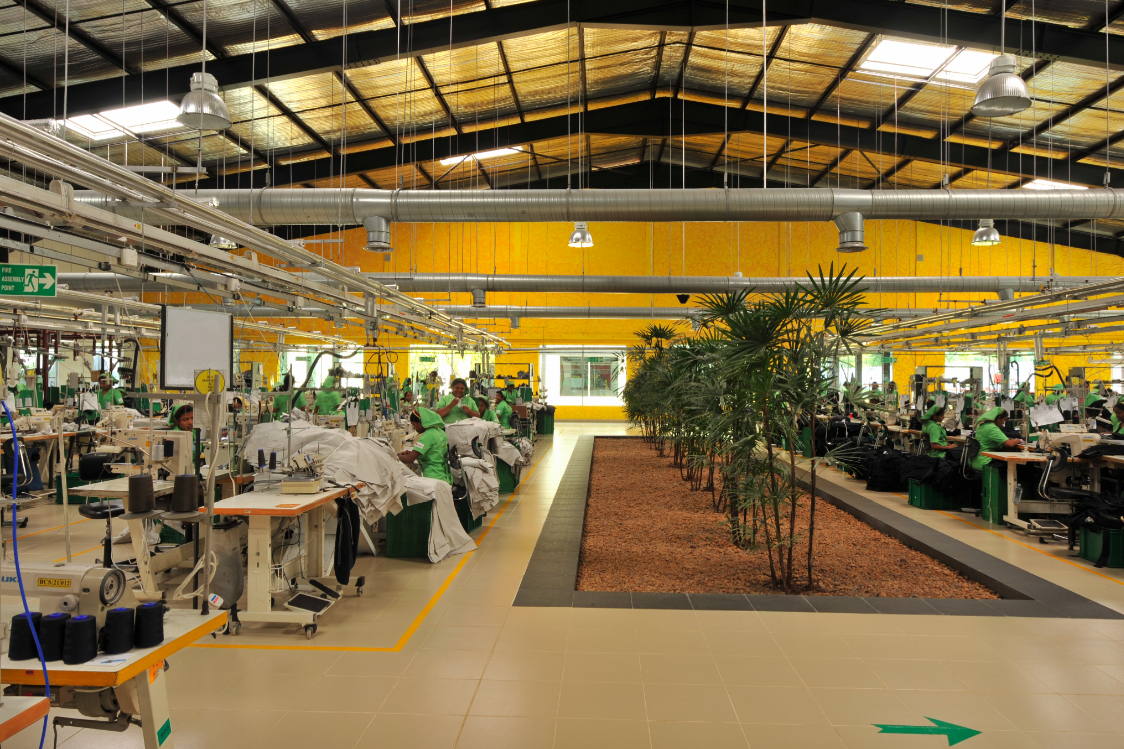
Humans have constructed buildings since the New Stone Age, starting with simple structures built for shelter using natural materials. For many centuries later, the construction of buildings was almost one with nature, using rocks, rubble, and naturally occurring substances, until the Iron Age, when construction and tools became more sophisticated, leading to more exploitation of natural resources. This was the time of the ancient civilizations of Mesopotamia, Egypt, Greece, and China, when some of the grandest structures that remain to date were first being built.
By the time the Industrial Revolution came about in Western Europe, the construction of buildings was already setting the footprint for the rate at which buildings rise in developed cities. Since then, the construction of buildings has served as the shining beacon of modern civilization; the rise of buildings and skyscrapers is seen as a measure of the development and prosperity of a community, city, or country. Even in post-war Sri Lanka, the changing skyline of Colombo is often seen as a sign of the country’s rapid development, as this is often the first visible change in any city, though it might not always be a reflection of a country’s economic growth.
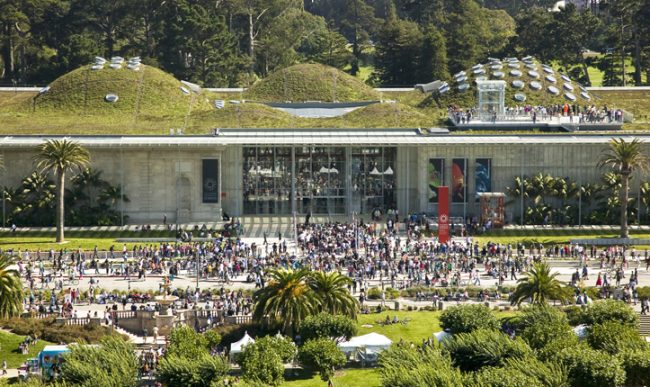
The California Academy of Sciences is recognised as the greenest museum in the world. Image credit: Tom Fox
But what started off as a measure to ensure our survival, is now threatening our existence and the world we live in. Modern buildings have been hugely responsible for the global warming crisis we face today. According to the United States Green Building Council (USGBC), buildings contribute to 41% of the world’s energy use, mostly because of the large amounts of electricity that buildings consume. Additionally, buildings use up a lot of water, around 13.6% of all potable water in the world. Buildings also cause negative environmental impacts, both short-term and long-term, with the use of non-sustainable materials and transport, as well as the waste that is sent back to the environment post-construction.
This impact, which has shown no signs of slowing down, especially in developing countries, has led to the rise of the green building. Although the term ‘green’ is a broad term, global programmes such as LEED (Leadership in Energy and Environmental Design) now play an important role in setting the standard for green building, awarding certification at various levels. When certifying a building, LEED looks at a comprehensive set of factors that make a building sustainable, including material usage, water and energy efficiency, site selection, and waste reduction. Buildings earn credits for their sustainability in these categories and earn a score that determines their certification level.
Green buildings are a trend that is slowly catching up in Sri Lanka, with some LEED-certified buildings coming up in the last decade. Although these buildings aren’t significant in number, the country is home to a couple of green buildings that are the first of its kind in the region.
We took a look at four LEED-certified green buildings around Sri Lanka that have set the benchmark for green buildings in the country, and can be acknowledged for their use of innovative technologies to reduce their impact on the health of humans, animals, and nature, and create stimulating spaces.
Logistics Park, Colombo
Logistics Park is the first fully conditioned warehouse in South Asia to be awarded a LEED Gold Certification Award. This state-of-the-art warehouse is owned and managed by Expolanka Freight and was awarded 73 points out of a total of 110 points in the USGBC LEED Rating system, with most points earned in the energy category.
The warehouse scored high on energy thanks to its huge solar photovoltaic (PV) installation, but also due to its VRV cooling system and a highly efficient lighting system together with daylighting. These features earned the building the maximum points for energy efficiency (19 points), since it saves more than 50% when compared to the energy use of a conventional building. “The 50% is the LEED threshold, but the actual savings is much higher ‒ the actual solar generation may vary from month to month, but the solar panels do supply nearly the entire energy requirement of the building,” says Shiran Dias, General Manager, Human Resources and Admin, Expolanka Freight.
Logistics Park also scored maximum points for renewable energy, as well as maximum allowable points for water use reduction. The warehouse has a total water savings of just over 50%, because of its efficient water fixtures.
The warehouse has also paid attention to the use of daylight, increasing ventilation, community connectivity, and access to public transportation, using energy efficient methods.
Clearpoint Residencies, Rajagiriya
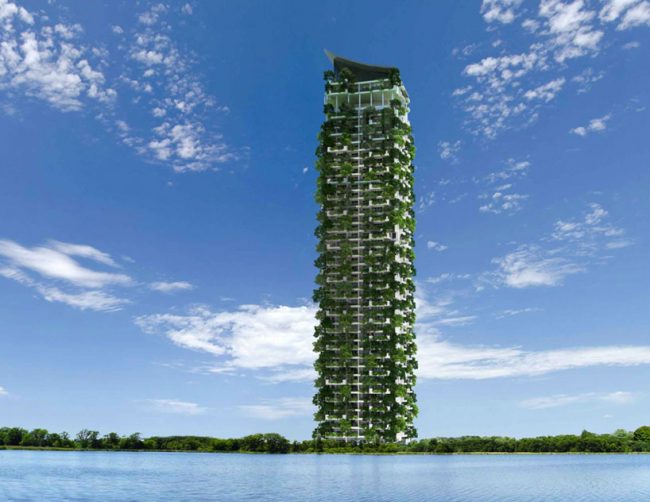
Clearpoint Residencies is set to be the world’s tallest residential vertical garden. Image courtesy skyrisecities.com
Clearpoint Residencies is an ambitious project, led by Milroy Perera Associates, with Maga Engineering as its contractor. It has been dubbed the ‘world’s tallest vertical garden’ and is Sri Lanka’s first sustainable high-rise apartment complex. The building is located in Rajagiriya, overlooking the Diyawanna Lake, and was built at a cost of Rs. 6 billion.
Interestingly, the complex has foliage growing in all 46 of its floors as a ‘green cover’, which acts as a natural cooling system, with all apartments having a private garden terrace as well. This eliminates the need for air-conditioning throughout the day, making it an energy-efficient means of living. According to its website, because the apartments receive less heat through sunlight thanks to its green cover, it also eliminates the need for large air conditioners, thus reducing the amount of energy consumed.
The building is yet to be LEED certified, despite its sustainability efforts. However, the entire complex uses solar energy to be energy-efficient, and is looking at reducing its electricity usage by 40% in the near future. Currently, solar panels have been used for common areas and mechanisms such as lobby and corridor lighting, elevators, and the recycling system. It also uses a drip irrigation system where waste water used for bathing and washing is recycled and used for other uses of water, like flushing and plant irrigation. Clearpoint also uses rainwater harvesting, and an automated drip irrigation maintains the green cover without a sprinkler system, greatly reducing the water usage.
They also hope to separate solid waste of all those occupying the apartments, and sell this to separate authorities in order to gain an income for apartment maintenance.
An apartment here comes at a hefty price, simply because it uses state-of-the-art technology to combine sustainability with luxury living, but it certainly is a footprint for buildings of the future.
Cinnamon Bey, Beruwala

Cinnamon Bey, the first hotel in Sri Lanka to earn a LEED Gold status. Image courtesy hoteltravel.com
Cinnamon Bey was the first hotel in Sri Lanka to earn a LEED Gold status, back in 2014. The resort, located in Beruwala, is popular amongst tourists and locals alike and was able to earn a minimum of 60 points required for this certification. A detailed breakdown on the United States Green Building Council website indicates that the hotel earned the highest points for sustainable sites and water efficiency. At a glance, the hotel scored for its use of 100% energy-efficient lighting and Energy Star equipment, recycled water mechanism for cistern tanks, vehicle washing and irrigation, rainwater harvesting, and solar hot water and heat pump usage.
According to a statement released by Cinnamon Bey to mark the hotel’s award by LEED, it has managed a utility cost savings of 32.2% and uses 65.62% less water than a conventional building. It also states that during construction, it was able to divert 70% of its waste from landfills to relevant recycling plants in the country. Other factors that led to the hotel achieving a perfect score for water efficiency is its ability to reduce its potable water usage by 100%. Cinnamon Bey also uses an Erosion and Sedimentation Control System, which curbs its contamination and pollution of the environment.
The hotel was designed and constructed as one of five pledges taken by Cinnamon Hotels and Resorts: I Will Be Green. In order to maximise its sustainability efforts, the hotel also employs nearly all of its staff from nearby villages, ensuring that the local community benefits from its responsible tourism efforts.
MAS Intimates Thurulie, Thulhiriya
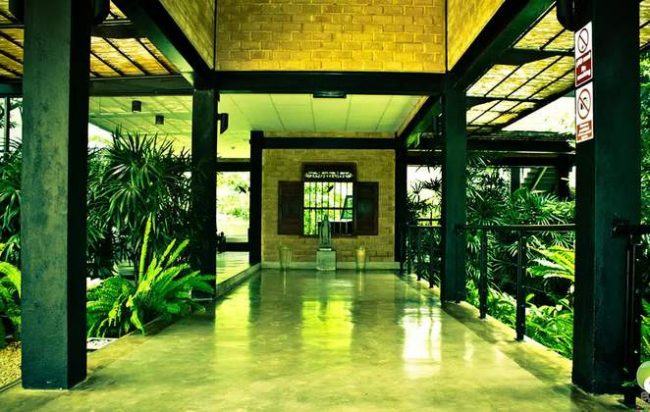
MAS Intimates Thurulie was the first building in Sri Lankan to be awarded LEED Platinum status. Image courtesy archnet.org
The flagship factory of apparel manufacturing giant, MAS Holdings, Thurulie is considered the world’s first clothing factory powered solely by carbon neutral sources. It has been awarded a LEED Platinum status ‒ the first to achieve this in Sri Lanka ‒ and was lauded in both the local and international media for its innovation and design. The project comes under Plan A, an eco-initiative by Marks and Spencer.
According to a detailed report published on the factory, it takes up an area of 10,000 square metres, for around 1,300 people. Its location was carefully chosen to maximise on open space and reduce its carbon footprint. It also claims that the power and potable water used to run the factory when compared to other factories of its same size and functions, are 25% and 50% less, respectively. The plant uses two primary energy sources, photovoltaic and hydroelectric, and claims to be the first building in Sri Lanka to use net metering. The exterior walls of the factory are built using compressed stabilised earth block, which are manufactured just 40 kilometres from the site, to reduce the grey energy of the building.
In terms of design, the team behind the factory looked at designing a building that uses natural resources and is in harmony with its surroundings in order to create a peaceful and stimulating environment for the people working there. The factory also strives to generate zero-waste, by recycling its used thread cones, other plastic, paper, and glass and giving away its scrap fabrics to local craftspeople.
Brandix Eco Centre, Seeduwa
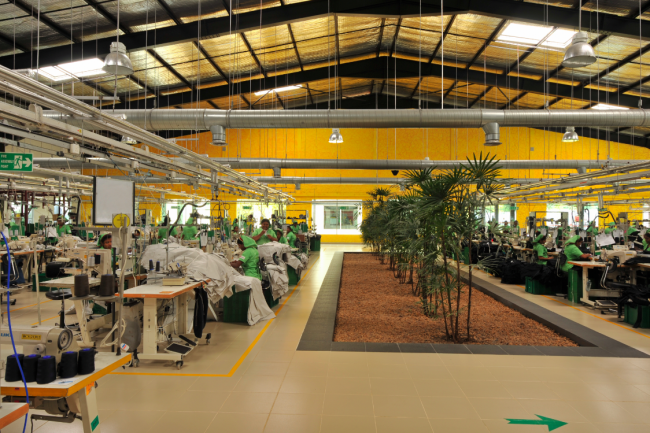
Brandix Eco Centre, Seeduwa. Image courtesy gigabase.org
The Brandix Eco Centre is an award-winning apparel manufacturing factory, located in Seeduwa. In 2008, this factory, which is over 30 years old, was transformed to meet the standards of a green building, and was subsequently awarded Platinum status by LEED, and deemed the National Winner for Sri Lanka by the Global Energy Awards in 2009.
According to this profile, Brandix invested USD 2.5 million in this project in order to lessen energy consumption and achieve efficient water and solid waste management, and carbon emissions. With this transformation, the company was able to reduce its carbon footprint by 77%. It was also able to reduce is carbon dioxide emissions by 80%, sulfur dioxide by 71%, nitrogen oxides by 92% and is able to save energy by 41%. It has also reduced its potable water usage by 70%.
Some of the cutting-edge features of this factory that contribute to its green status, are a heat-blocking paving to prevent heat flow into the factory and minimise the use of air-conditioning, an intelligent control centre that monitors all aspects of output, natural lighting wherever possible, highly-efficient LED lighting where required, rainwater harvesting, larger outdoor garden areas (which use 100% organic fertilisers), indoor green patches inside plants, and the electric-powered vehicles for some of the factory’s tasks that require transportation.
The global industrial and transportation sectors often receive negative press for their harmful contributions to the environment, but in reality, their total usage of energy is considerably less than what buildings are accountable for. Sri Lanka is already home to a large number of factories in its apparel manufacturing sector alone ‒ a sector that is proud to be recognised internationally for its ‘Garments Without Guilt’ status, which looks more at the welfare and ethical treatment of employees. However, the impact of the physical spaces in which these operations run, along with the rising number of hotels, department stores and other building projects lead by the government and private sectors, have been overlooked in the excitement of post-war development. With many more large-scale construction projects to come, it is time that more players in not just the private sector, but the government as well, place the same importance of sustainability in buildings, the way they have in human resources.


